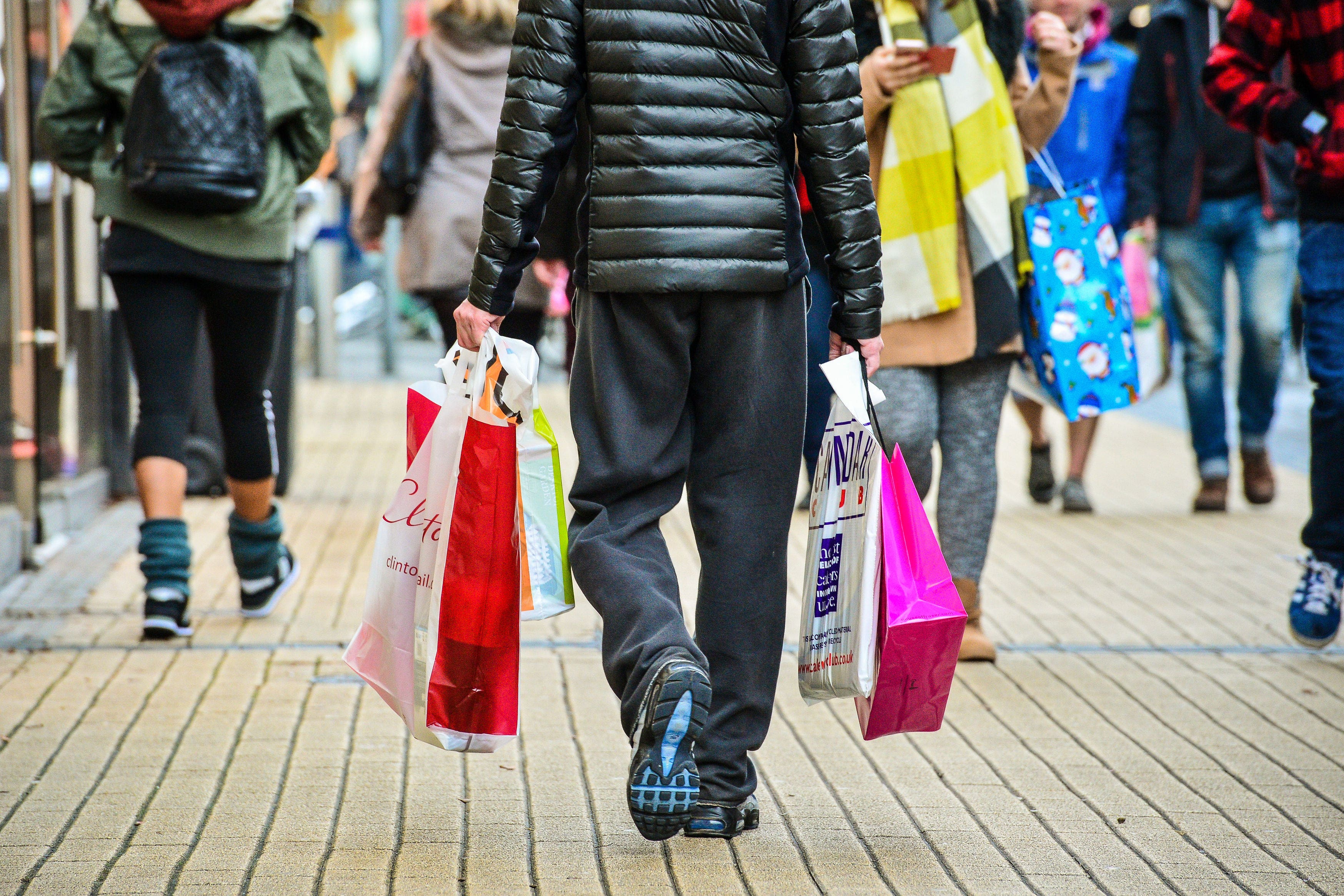Consumer card spending slows to three-year low
Spending on cards was up just 1% on the year in May, the smallest rise since February 2021, according to Barclays.

Your support helps us to tell the story
From reproductive rights to climate change to Big Tech, The Independent is on the ground when the story is developing. Whether it's investigating the financials of Elon Musk's pro-Trump PAC or producing our latest documentary, 'The A Word', which shines a light on the American women fighting for reproductive rights, we know how important it is to parse out the facts from the messaging.
At such a critical moment in US history, we need reporters on the ground. Your donation allows us to keep sending journalists to speak to both sides of the story.
The Independent is trusted by Americans across the entire political spectrum. And unlike many other quality news outlets, we choose not to lock Americans out of our reporting and analysis with paywalls. We believe quality journalism should be available to everyone, paid for by those who can afford it.
Your support makes all the difference.Consumer card spending growth slowed to a three-year low in May as rising household bills and wet weather led to cautious budgeting, figures suggest.
Spending on cards was up just 1% on the year in May, the smallest rise since February 2021 as even resilient sectors such as airlines and takeaways were knocked by rising household bills, according to the Barclays Consumer Spend report.
April’s price hikes on bills including council tax and broadband affected consumer confidence, with 87% worried about the impact of rising household costs on their personal finances, a survey for the report found.
Some 80% reported worries about increasing council tax, followed by broadband and mobile costs (79%), water bills (76%), and dental costs (75%).
Barclays found spending on non-essential items recorded its smallest increase since February 2021 at 0.7%, although spending on utilities was down by 12.5% following Ofgem’s price cap decrease from April 1.
Britons reined in spending on takeaways and fast food in May, with the category recording its first decline, of 0.2%, since May 2020.
It comes as 44% said they were reducing their discretionary spending, with takeaways the most common cutback (54%) followed by eating out in restaurants (53%).
Airlines saw their smallest increase in spending since July 2021 at 5.6%, while travel agents also suffered their lowest increase since August 2023 at 4.3%.
More positively however, 28% of Britons say they plan to spend more when the weather improves over the summer, rising to 39% of 18 to 34-year-olds.
Karen Johnson, head of retail at Barclays, said: “Retailers faced a challenging May, yet the few sunnier days in the month did bring a welcome uptick in footfall.
“As consumers gear up to spend more with better weather, and with the Euros, Wimbledon and Taylor Swift’s Eras Tour on the horizon, there’s a brighter outlook for the coming months.”
Jack Meaning, chief UK economist at Barclays, said: ”The economic strength we saw in the first three months of the year was always expected to ease as we moved into the second quarter, with GDP having seen the extra bounce needed to recover the ground lost in last year’s recession.
“The underlying direction of travel remains though, with falling inflation, real income growth and low unemployment all pointing to a gradual acceleration in consumer spending over the next 12 months, especially as we begin to see the Bank of England reduce interest rates in H2.”